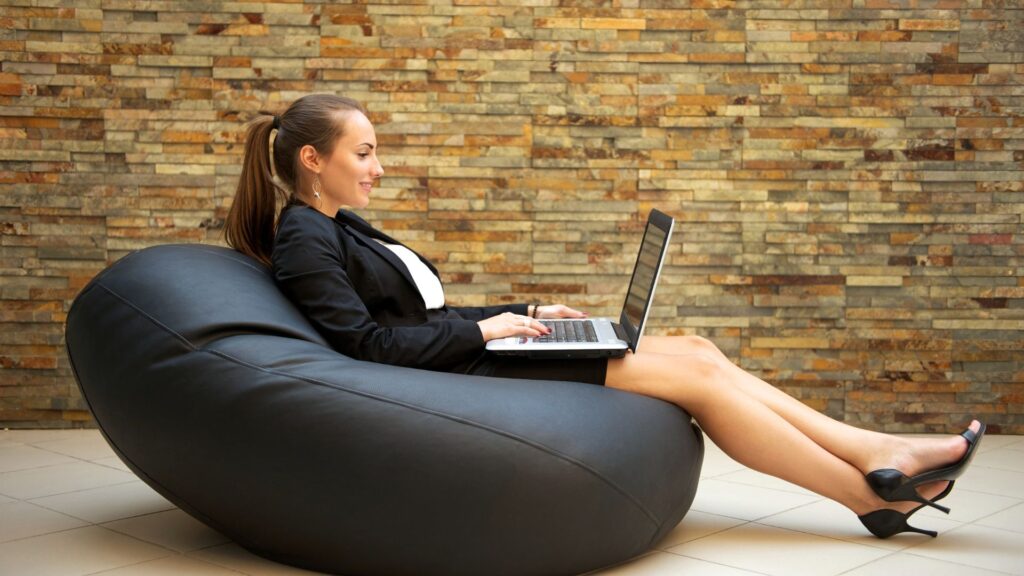The way we dress for work has undergone a quiet revolution over the last few years. What was once dictated by rigid rules of formal attire has now evolved into a more flexible, comfort-driven approach — without compromising on professionalism. As the lines between work and home life blurred during the pandemic years, comfort became a non-negotiable factor. Yet, for many professionals, adapting to this shift hasn’t been entirely seamless.
In this blog, we’ll explore how office wear has transformed, why comfort and productivity go hand in hand, and how to embrace this new era of work wear while maintaining the essence of a formal office look.
Why Office Wear Needed to Change
The traditional office wardrobe — think stiff collars, formal suits, and uncomfortable shoes — was often synonymous with authority and discipline. However, as workplaces became more collaborative and diverse, the idea that formal equals productive began to lose ground.
Comfort is no longer seen as a luxury but as a key driver of productivity. Studies have shown that employees who feel comfortable in what they wear perform better, think more creatively, and are more engaged. Not just in office, right work wear also defines comfort while traveling for work and meetings. This shift in mindset opened the doors for dress codes that prioritize ease without diluting the professional look or atmosphere and goes on to establish a personal brand.

The Adaptation Challenges
While younger generations may have easily embraced the shift, senior professionals often face a more complex transition. Many grew up in corporate environments where dressing down was a sign of complacency, not efficiency.
The fear of looking too casual or not being taken seriously can prevent them from adopting new office wear norms. There’s also the challenge of navigating new fabrics, silhouettes, and casual styles without feeling out of place. The key is to find the balance — incorporating comfort-driven pieces without sacrificing the polished and formal office appearance.
Regional Nuances in Office Wear
The shift towards comfort-centric office wear isn’t uniform across the globe. Regional preferences and cultural norms play a vital role in defining acceptable office attire.
- North America: Business casual reigns supreme, with tech companies like Google and Meta leading the charge in relaxed dress codes. However, client-facing roles in finance and law still require more formal attire.
- Europe: Scandinavian countries lean towards smart casual with an emphasis on quality fabrics, while southern European nations like Italy and Spain maintain a sharper, more tailored look.
- Asia: Countries like Japan and South Korea are gradually adopting business casual in tech and creative industries, but traditional corporate sectors still prioritize formal suits.
- Middle East: Many companies balance western office attire with cultural modesty, favoring lightweight fabrics due to the climate.
- India: With rising startup culture, smart casuals are becoming popular, particularly in metro cities, while more conservative industries still adhere to formal business attire.
What’s Acceptable Now (and What Isn’t)
The key to adapting office wear is understanding what works and where the line is drawn.
Acceptable (for Men and Women):
- Stretch fabrics like performance cotton and jersey blends.
- Polo shirts, structured T-shirts, and relaxed blazers.
- Smart sneakers, semi-formal loafers, and ballet flats.
- Chinos, tailored trousers, or comfortable culottes.
- Midi dresses, shirt dresses, or tailored jumpsuits with breathable fabrics.
- Light knits layered with blazers or cardigans.
Not Acceptable (Unless Your Company Explicitly Allows):
- Flip-flops or overly casual sandals.
- Wrinkled or worn-out clothing.
- Gym wear or athleisure beyond designated casual days.
- Loud prints or slogans (unless it’s part of your company culture).
- Torn or overly distressed denim.

Fabric Technologies Powering the New Office Wear
Modern fabrics are making it easier to marry comfort with style. Some innovations include:
- Moisture-wicking fabrics: Keep sweat at bay during long meetings and keeps you fresh post meetings.
- Stretch blends: Offer greater flexibility while maintaining a tailored look.
- Wrinkle-resistant cotton: Reduces the need for ironing without compromising appearance.
- Temperature-regulating fabrics: Keep wearers cool in summer and warm in winter.
- Eco-friendly materials: Bamboo blends and recycled polyester that are both comfortable and sustainable.
Brands like Ministry of Supply, Uniqlo’s AIRism, Marks & Spencer’s Cool Comfort, and Lululemon’s ABC Pants for Men are bringing these technologies into mainstream office wear. These fabrics are not just functional and comfortable but also easy for office week preparations on Sundays—easy iron, quick dry and wrinkle resistance are some of the benefits these modern fabrics bring to us.
How to Build Your Own Comfortable Yet Professional Office Wardrobe
For Men:
- Invest in Versatile Basics: Neutral-toned chinos, blazers, and knit polo shirts.
- Choose Quality Fabrics: Performance cotton and stretch blends.
- Mix & Match: Pair tailored trousers with polos or lightweight blazers.
- Upgrade Your Footwear: Hybrid sneakers or loafers.
- Accessories: Leather belts, watches, and subtle ties.
For Women:
- Opt for Smart Separates: Tailored trousers, culottes, and shirt dresses.
- Comfort Fabrics: Jersey blends and stretch cotton.
- Layering: Blazers over soft knits or relaxed blouses.
- Shoes: Ballet flats, loafers, or sleek sneakers.
- Accessories: Minimal jewelry and structured handbags.

Conclusion
The modern office wardrobe is no longer about choosing between comfort and professionalism — it’s about harmonizing both. By embracing new dress codes and fabric technologies, professionals can enhance their productivity without sacrificing their personal style or the office-appropriate look.
For the senior professionals, the key is to ease into the change with versatile pieces that blend comfort and class. With progressive companies setting the example, the days of enduring discomfort in the name of professionalism are behind us.
FAQs
1. Is it acceptable to wear sneakers to the office now? Yes, but opt for clean, minimalist sneakers in neutral colors. Avoid athletic or overly casual styles unless explicitly allowed.
2. How can I still look formal without wearing a suit every day? Pair tailored trousers with a smart polo or knit shirt, and layer with a lightweight blazer.
3. What fabrics should I look for in office wear? Performance cotton, stretch blends, and moisture-wicking materials are ideal for both comfort and style.
4. Can I wear jeans to the office? Dark, well-fitted jeans without distressing can work in many business casual environments, but always check your company’s policy.
5. What should I avoid even in a relaxed dress code office? Avoid anything too casual, such as flip-flops, graphic T-shirts, or gym wear — unless your company explicitly allows them.
6. I live in a tropical city with high temperatures and humidity for most of the year. Are there additional insights on office wear from a climate perspective? Absolutely! The article—Office Wear for Tropical Cities delves into how office wear can be adapted for tropical climates, covering breathable fabrics, smart layering, and practical style adjustments.
Disclaimer
Not all recommendations may be applicable in every country, region, industry or company. Always refer to your organization’s dress code policy before making any changes to your office wardrobe.



